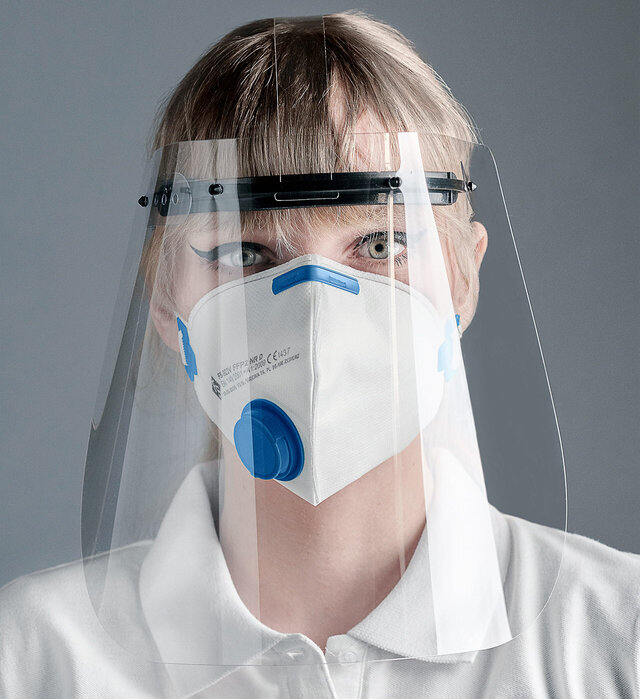Innovative response
Sebaran Covid19 is a tool developed by tech-savvy Indonesian volunteers to show citizens about the number of cases near them.
The tool, available in the city of Yogyakarta, uses a citizen’s location to inform them of the number of Covid-19 cases near them. It shows three key pieces of data: how many have tested positive; how many people are at risk; and how many have displayed symptoms.
It uses the device’s GPS to look at the number of cases in a 3km, 5km and 7km radius from their current location. “Some old phones have very bad GPS”, so there’s the option to search with a postal code. This data is updated every day.
They are now working on making the website available without internet connection.
Specific issues addressed and anticipated impact
The Indonesian government shares the number of cases in the country through a national dashboard, but this isn’t the most helpful for citizens. They don’t know how many positive Covid cases there are in their province, and “dashboards with a lot of numbers and charts are confusing for ordinary people”.
The website pulls numbers directly from local health offices to ensure it has the most reliable and updated information. Indonesia’s Ministry of Health mandates that all hospitals have to collect information on high-risk, suspected and confirmed cases. This information is grouped according to districts within each city and submitted to local health offices.
How does the website match a user’s location with the number of nearby cases? It uses an algorithm similar to those used by Uber and Grab to measure the distance between a rider and a driver. Krisostomus’s team has adapted the formula to map a set of GPS coordinates, or a postal code, to a database of district coordinates within Yogyakarta.
Organisations/institutions involved
Local volunteers
- Non-Profit/Civil Society
Issues being addressed:
- Real-time data collection, sharing, and analysis
Date Submitted:
16 April 2020

